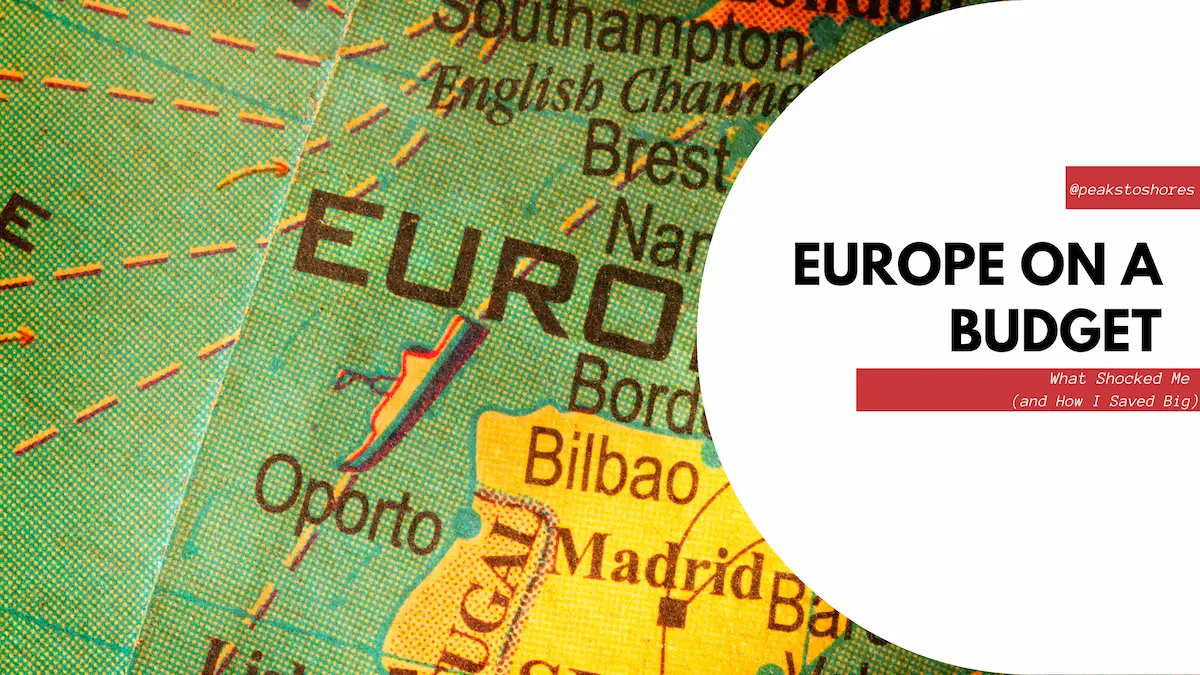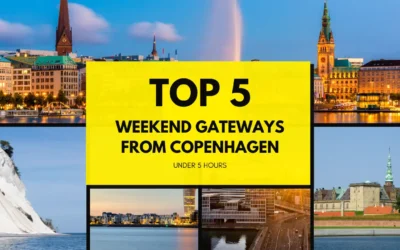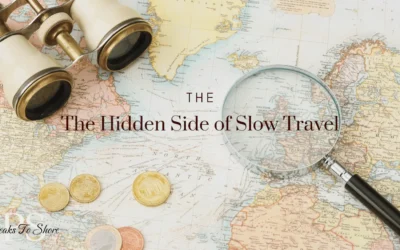When you dream of traveling through Europe on a budget, you probably imagine croissants for a euro, picturesque train rides, and charming Airbnb stays that don’t cost your entire savings. But once I hit the ground, I quickly realized that reality doesn’t always match the fantasy. Sure, budget travel in Europe is possible—but it comes with a few surprises, both good and not-so-good.
In this post, I’ll walk you through three of the biggest shocks I experienced while trying to see Europe without breaking the bank, and how I managed to save money without missing out on the magic. If you’re planning your own budget adventure across the continent, take notes—this might save you more than just a few euros.
1. Public Transport Isn’t Always Cheap (Unless You Know This)
The first shock? Transportation in Europe isn’t as cheap as many guides would have you believe—especially if you book last-minute. While cities like Berlin and Lisbon have affordable day passes, cross-country trains can cost more than flights.
I once paid nearly €90 for a last-minute train from Amsterdam to Paris. I later found that booking early on platforms like Omio or using discount passes like the Interrail/Eurail could’ve saved me half that amount.
💡 Pro tip: In countries like Portugal, Flixbus or Rede Expressos offer reliable, comfortable buses at a fraction of train prices.
2. Dining Out Can Be a Budget Killer (Unless You Eat Like Locals)
Another eye-opener was how quickly food costs add up—especially in tourist-heavy areas. A sit-down lunch near major attractions in Rome or Barcelona? Expect to pay €15–€20 per person.
But if you know where to look, you can eat well for under €7. In Lisbon, I stumbled upon local restaurants serving full meals (including soup and a drink) for €5.
🥪 Bonus tip: Skip restaurants around landmarks. Head a few blocks away and look for menus in the local language—that’s where the real savings (and flavors) are.
3. ‘Free’ Museums Aren’t Always Free (And That’s Okay)
Many travel blogs rave about Europe’s free museums—but here’s the catch: most of them are only free on specific days (like the first Sunday of the month), or only for EU citizens or students.
I learned this the hard way at the Louvre—where admission set me back €17. That said, there are still gems that cost nothing or close to it. Check out city-specific sites or platforms like Visit a City for updated free listings.
🎨 Internal tip: If you’re in Copenhagen, consider a Copenhagen Card to access dozens of attractions for a flat fee.
💡 Bonus Budget Travel Tips
– Take advantage of free walking tours (but don’t forget to tip!)
– Use Couchsurfing or affordable hostels to cut down on accommodation costs
– Invest in travel cards like Lisboa Card or Berlin WelcomeCard
– Save on data with local SIMs or eSIM apps like Airalo
🧳 Personal Reflection
The biggest lesson I’ve learned? Traveling Europe on a budget isn’t about deprivation—it’s about making smart choices. Some places like Norway will test your wallet no matter how frugal you are, while hidden gems like Slovakia or Bulgaria offer incredible value.
It’s all about balance, planning ahead, and sometimes, just letting go of the tourist traps.
Final Thoughts: Budget Doesn’t Mean Boring
Europe has a way of charming you no matter your budget. With the right tips and a bit of flexibility, you can experience its beauty without draining your savings. What surprised you the most about traveling Europe on a budget? Or do you have a secret hack to share?
Drop your thoughts in the comments—I’d love to hear what shocked you (or saved you) during your travels.







Such a relatable post! Traveling Europe on a budget can be full of surprises, but your saving tips are super practical. Love how you turned shocks into smart hacks. Definitely bookmarking this for my trip. Found more budget tips at https://saveplus.in